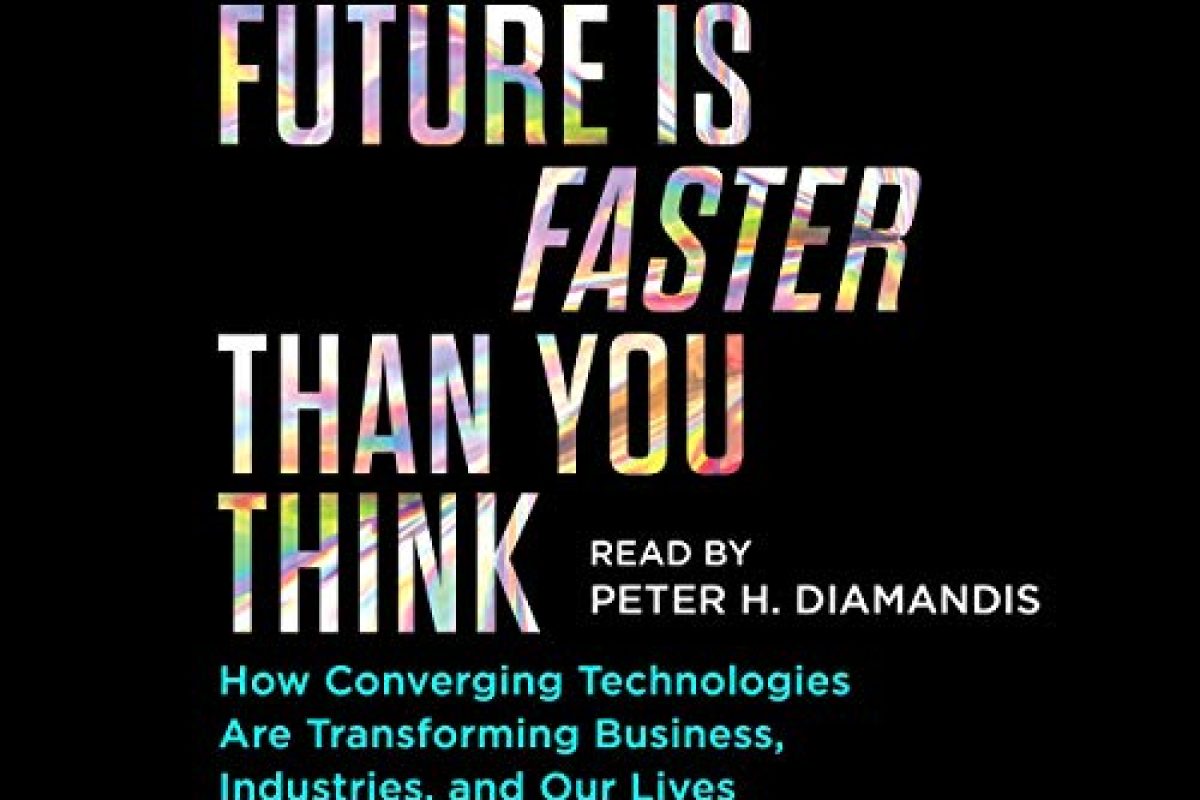In “The Future Is Faster Than You Think,” authors Peter H. Diamandis and Steven Kotler provide an enthralling exploration of how emerging technologies like AI, 3D printing, virtual reality, and more are converging to bring about unparalleled transformation in various sectors of society. At its core, the book offers a compelling argument: technology is evolving at an exponential rate, and the convergence of different technologies will catalyze sweeping changes in business, healthcare, education, and day-to-day life—changes that are coming much sooner than most people expect.
The strength of this book lies in its well-researched, comprehensive coverage of cutting-edge technologies and their potential impact. The authors bring a future-oriented perspective that is as audacious as it is informed, blending technical insights with societal implications. They delve into a wide array of subjects, from drone technology to telemedicine, showcasing how these advancements are not happening in isolation but are converging to create scenarios that sound like the realm of science fiction.
Another standout feature is the book’s optimistic tone. At a time when narratives about technology often revolve around dystopian outcomes, job loss, and ethical concerns, Diamandis and Kotler offer a refreshing perspective that emphasizes the positive, transformative impact technology can have. Their optimism is balanced, however, with a realistic acknowledgment of the challenges ahead, including regulatory hurdles, privacy concerns, and the risk of exacerbating inequality.
While the book does an excellent job of painting a vivid picture of the future, it might be overwhelming for readers who are new to topics like exponential technology and tech convergence. The pace at which the authors cover multiple technologies and their impacts can be a lot to absorb. This is not necessarily a drawback, but readers may find themselves wanting to pause and further investigate many of the concepts discussed.
One limitation is that while the book touches upon the ethical and social challenges posed by rapid technological advancement, these important issues often take a backseat to the more utopian visions presented. A deeper dive into the ethical complexities would have added a valuable layer to the narrative.
In summary, “The Future Is Faster Than You Think” serves as both a wake-up call and a roadmap for understanding the transformational power of technology. The book effectively argues that the future is not just an extension of the present, but a dramatically different landscape forged by rapidly advancing and converging technologies. It is an essential read for business leaders, policymakers, and anyone else interested in understanding the seismic shifts that lie ahead, offering both inspiration and a framework for navigating a future that is arriving at breathtaking speed.




